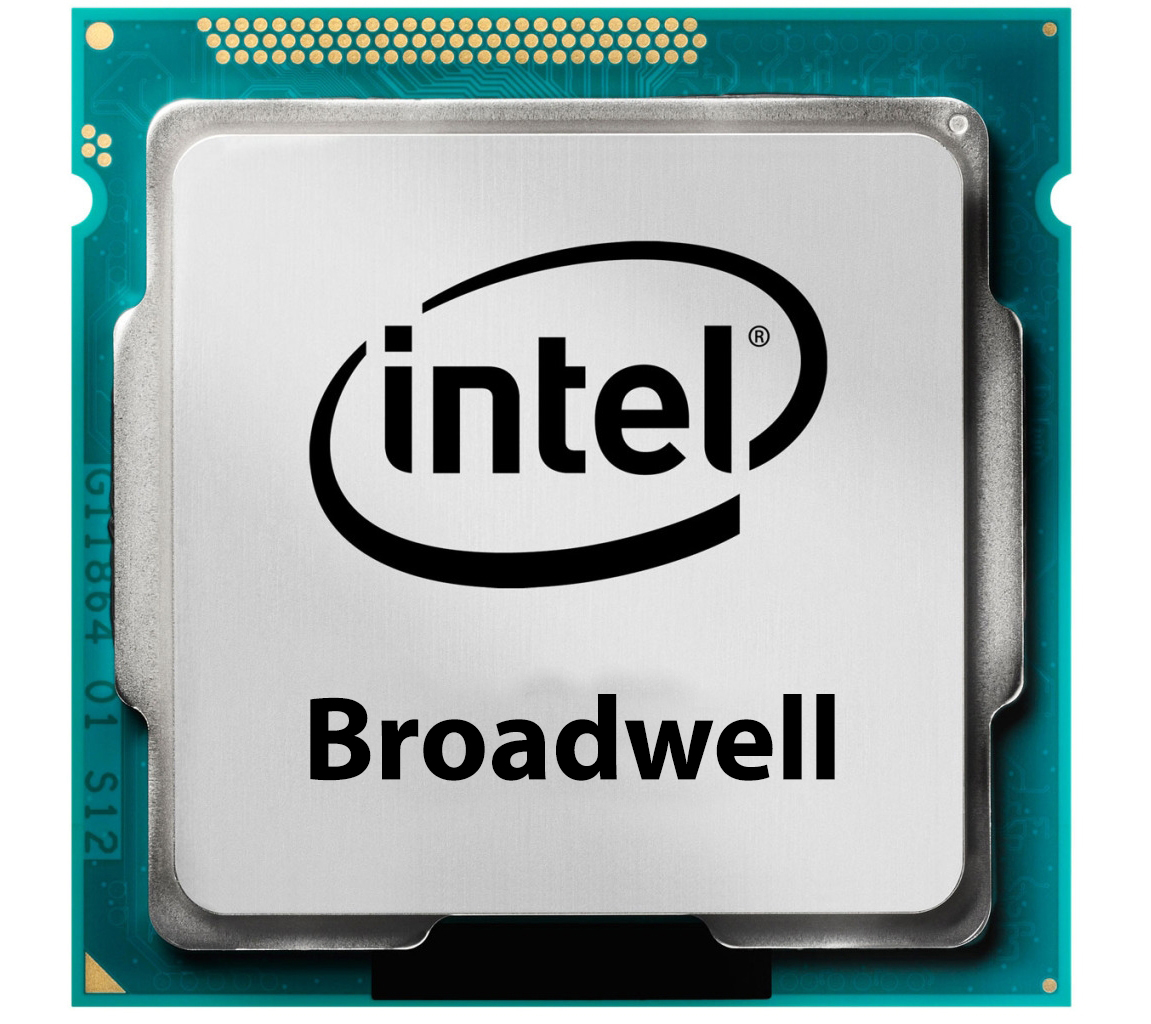 The first quarter of 2015 marks the release of the latest generation of Intel processors, code-named Broadwell. The 5th generation of chips, manufactured using Intel’s 14 nanometer design, are expected to substantially outperform the previous generations, with improved stability, a much more energy efficient design, bringing desktop-class performance to mobile and ultra-mobile devices.
The first quarter of 2015 marks the release of the latest generation of Intel processors, code-named Broadwell. The 5th generation of chips, manufactured using Intel’s 14 nanometer design, are expected to substantially outperform the previous generations, with improved stability, a much more energy efficient design, bringing desktop-class performance to mobile and ultra-mobile devices.
A focus on green technologies
The new CPUs are designed with a much smaller environmental footprint, thanks to a greater focus on green manufacturing processes. As much as three quarters of Intel’s advanced manufacturing plants is in the US, which makes the tech manufacturer particularly aware of its environmental impact.
Better 2-1 mobile and ultra mobile devices
This fifth inception of chips under the Broadwell codename, is expected to become an industry standard, with a dominant presence in the widest range of devices.
On the PC front, the upcoming release of Windows 10, potentially slated for this Summer, will prompt device manufacturers to ship new laptops loaded with Windows 10, as early as September. The new unified operating system is expected to take full advantage of Intel’s processing power and stunning graphic capabilities, offered by Intel’s embedded GPU architecture.
Intel will continue to be a major presence in Apple Mac devices as well, with the upcoming 12" Macbook Air with Retina display, likely to be announced on at the Spring Forward March 9 event, and expected to feature an Intel Broadwell chipset. The usual Apple rumors are also pointing to a possible upgrade of the iMac Retina and Macbook Pro to the latest generation of Broadwell chips.
The specs
The new generation of intel chips integrates advanced features, like Hyper-Threading and Turbo Boost technology, designed to substantially improve processing speed and performance.
Built-in encryption handling is also part of the new chipset. The technology allows for the processing of encryption algorithms, to ensure security of stored information, as well as secure communication, and better protection from malicious hacking.
Intel HD Graphics technology is also embedded into the new generation of CPUs, enabling stunning 2D and 3D visuals, with smooth, flawless performance.
Intel HD Graphics technology is frequently seen on Apple Mac products, including the Apple Macbook Pro.
The line-up:
Intel Core M
Built for ultra-mobile devices, offers clock speeds up to 2.9Ghz, DDR3 1600Mhz support, and integrated Intel HD Graphics 5300.
Intel Core i7
For devices required to handle more labor intensive tasks, the double core/quad-core i7 features clock speeds up to 3.4Ghz, support for DDR3 1600Mhz, and Intel Iris Graphics 5500, 6000 and 6100.
Intel Core i5
The i5 is built to offer a compromise between speed and efficiency. It’s hybrid architecture allows application to throttle the CPU according to the requested task, from a base clock speed of 1.6Ghz, to 3.3Ghz.
Intel Core i3
Designed for day-to-day tasks, the i3 processor boosts power efficiency, allowing longer use without recharging. The i3 features 2 and 4 cores, with clock speeds up to 2.5Ghz and support for DDR3L 16000/1866 and integrated Intel Iris Graphics 6100.
Intel Core M and i5 vPro technology
vPro is a technology built with enhanced wireless capabilities, enabling multiple devices to interact and communicate securely. In its two initial iterations, the Core M and i5, performance and stability meets the security of wireless data encryption, creating the conditions for a safer, more productive workplace.